Great Spring! R. Hugonis breeding results...so far
roseseek
8 years ago
Featured Answer
Comments (68)
roseseek
8 years agoJasminerose, California, USDA 9b/Sunset 18
8 years agolast modified: 8 years agoroseseek thanked Jasminerose, California, USDA 9b/Sunset 18Related Discussions
It can be fun to breed your own zinnias - Part 20
Comments (113)Hi JG, That twin-headed scabious specimen might be worth saving seeds from, just to see what you get. One head seems to have white-on-the-outside florets, while the other one apparently doesn't. For commercial scabiosa flowered cultivars, 5 percent on-type is about what I usually get. Some of the early Candy Mix yielded about 10 percent on type. But I have some Candy Mix seeds that yield considerably less than 5%, maybe in the one-percent range. I won't be planting them again any time soon. I can live with 5-percent, because I normally cull in the 90-percent range anyway. "The flower I have that is furthest along is merely a scabious example, and not fully opened. You might say it has tubes ... of the scabious variety..." You might, indeed. I probably should put more emphasis on adding scabious genes to my gene pool, because getting away from the "fuzzy yellow starfish" look in pollen florets appeals to me. And I really need to try harder to get interactions between scabious and tubular flower forms. This recombinant hints at the advantages of scabious genes. This closeup shows the details of the florets a little better. It is just a crop from the original large image that comes from my camera. Those aren't true scabious florets, but they differ some from the usual "fuzzy yellow starfish", and make it easier for me to like what is actually a single zinnia. I know that my prejudice against single zinnias is unjustified, and someone is going to breed some stunning single zinnias, perhaps starting with the Parks strain of Whirligigs. I can't wait to see more of your extreme rolled zinnias. And other interesting zinnias that appear from your gene pool. A lot of your zinnias have "the right stuff". ZM...See MoreSelective Breeding for Cold Hardiness ?
Comments (25)Since then I've been reading about cold hardiness. It's not simple: Trigger the dormancy process. Some plants do this on temperature, some on daylight. Both have slop, and are themselves multigene operations. A plant in Virginia may have 2 months more nice weather at the fall equinox, where here in Alberta, the first killing frost has probably already happened. Water removal from tissues. While you want the plant as a whole to go into winter well hydrated, many plants winterize by pulling water from their cells. This leaves a stronger solution in the protoplasm that has a lower freezing point. This confers 10-20 degrees of frost protection. Antifreeze in the tissues. Some plants mak alcohols and glycols. These further lower the freezing point, and interfere with the creation of ice crystals. Protection of buds. Not only is winter cold, but long. Buds can dehydrate to the point of being non-viable. Sunny days just below freezing are the worst for this. The roots can't supply water that warmer temps pull out. This does in cedars, particularly ones on the south side of the hosue. My feel is that you can probably breed 2-3 zones colder with patience and interspecies cross breeds. But if you can find a member of the genus that has the trait you want, and will produce a non-sterile hybrid you have cut a job of centuries down to mere decades. The creation of northern apples is one such story. U Saskatchewan's work with hardy sour cherry is another. The cold tolerance comes from a mongolian pea cherry with tiny fruit that taste awful. Cross it with a decent cherry. Cross the off spring. Select for cold hardiness and taste. Repeat....See MoreQUALITY *Q*and RADIANT *R* daylilies 2017
Comments (51)mantis_oh It is a nice plant, but the jury is still out as to whether it lives up to Mr. Owen's accolades. When I received it, it was a single fan. This year will be telling as I have had it in the ground for 2.5 years. James - I also like ROYAL PINK TWIST. I know that Bud Bennett was using it a great deal prior to his passing. David...See MoreIt can be fun to breed your own zinnias - Part 46
Comments (103)Well, I have missed a bit, I see. Firstly, let me address Sayuri's statement: I assumed most of you guys to be well off retirees. Chuckle, snicker, SNORT! You can definitely leave me out of that assessment - ha! Well, yes, I'm semi-retired, if one can call it that, but far from being well off. Certainly not living in the manner to which I wish I'd become accustomed. But we manage to keep the cats (and ourselves) fed. And I'm a very accomplished scrounger. :) Now, secondly, I don't have a cat walking across my keyboard as I did earlier, but I can't find the pic I'd been thinking about of the newly made beds. Instead, here's a somewhat later photo which shows the raised beds already planted. As you can see, Sayuri, I don't have sides to my beds - I've just shoveled the loose dirt from the paths (after tilling) onto the bed areas, raising them up somewhat. The looser the dirt, the easier it is to scoop it up and pile on the beds. And this area was soft and clear of grass and weeds because it had been under tarps for about a year and a half. I've done this in other areas, but none have worked as well as this, probably because the other spots had poorer, less loamy soil to begin with. You're in a hurry, though, so I get the idea of the herbicide, even if, personally, I can't bring myself to trust a chemical that supposedly kills some plants, but not others. History has proven me wrong, but I still have a problem with the concept. Oh well - whatever. My point is, you can make raised beds without the bother of being fancy about it. I do it every year, though I've been working on this area in particular, using straw mulch, to make it so I never have to till again, or rebuild the beds. I don't have a shot from 2017 corresponding to this exact location, but here's one from July 2017 in a couple of beds that would be to the left of these pictured: You can't really tell, but the beds are still slightly higher than the paths, even after a couple of years. It's because, once built, they never get walked on. They'll be even higher this year because I intend to dump a load of composted manure on them. That may cost a bit, but it will be worth it. Ninecrow - that is one audacious, bodacious snail!!! Wow - have never seen one like it. Cool. Go Gatchaman! Namaste, Alex...See Moreroseseek
8 years agosabalmatt_tejas
8 years agoroseseek
8 years agolast modified: 8 years agoDavid_ in NSW Australia z8b/9a
8 years agoroseseek
8 years agoDavid_ in NSW Australia z8b/9a
8 years agoroseseek
8 years agotrue_blue
8 years agonikthegreek
8 years agoroseseek
8 years agoroseseek
8 years agolast modified: 8 years agoroseseek
8 years agoJasminerose, California, USDA 9b/Sunset 18
8 years agolast modified: 8 years agoroseseek
8 years agoVicissitudezz
8 years agoroseseek
8 years agoJasminerose, California, USDA 9b/Sunset 18
8 years agolast modified: 8 years agoroseseek
8 years agoJasminerose, California, USDA 9b/Sunset 18
8 years agoroseseek
8 years agoJasminerose, California, USDA 9b/Sunset 18
8 years agolast modified: 8 years agoroseseek
8 years agoJasminerose, California, USDA 9b/Sunset 18
8 years agolast modified: 8 years agoroseseek
8 years agoroseseek
7 years agorosecanadian
7 years agorosecanadian
7 years agoroseseek
7 years agoroseseek
7 years agotrue_blue
7 years agofig_insanity Z7b E TN
7 years agojerijen
7 years agoVicissitudezz
7 years agoroseseek
7 years agoVicissitudezz
7 years agorosecanadian
7 years agotrue_blue
7 years agoroseseek
7 years agokittymoonbeam
7 years ago
Related Stories

COLORSpeed-Dial Color Selection to Get the Best Result
You’ve belabored your color decisions and are still stuck. Here is how to evaluate your space and make choices that are right for you
Full Story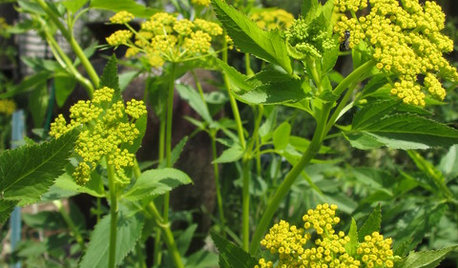
GARDENING GUIDESGreat Design Plant: Golden Alexanders for Early Spring Color
Get sunny flowers while other garden growers are still asleep, with this adaptable prairie plant beloved by butterflies
Full Story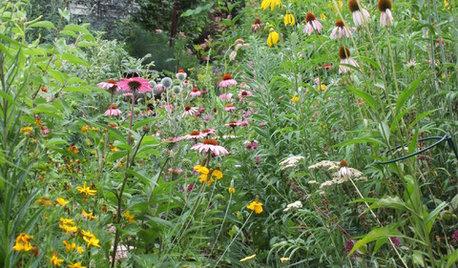
GARDENING FOR BUTTERFLIES3 Ways Native Plants Make Gardening So Much Better
You probably know about the lower maintenance. But native plants' other benefits go far beyond a little less watering and weeding
Full Story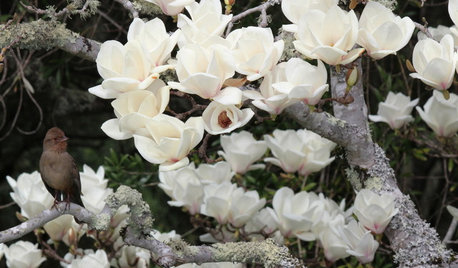
SPRING GARDENING7 Spectacular and Practical Spring-Flowering Trees
Put on a beauteous show in the garden with a landscape tree awash in flowers — just do your homework first
Full Story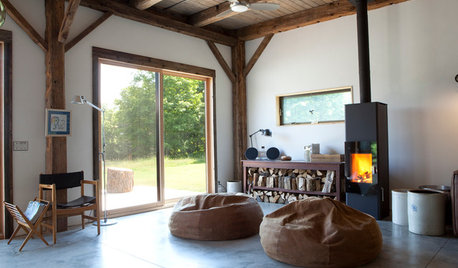
GREEN BUILDINGInsulation Basics: Heat, R-Value and the Building Envelope
Learn how heat moves through a home and the materials that can stop it, to make sure your insulation is as effective as you think
Full Story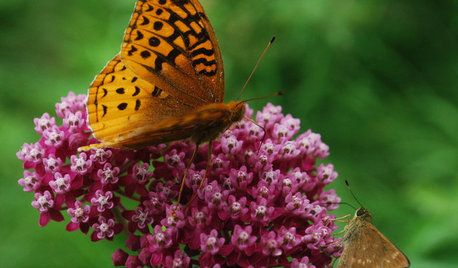
GARDENING GUIDESGreat Design Plant: Asclepias Incarnata for a Butterfly Garden
Beautiful swamp milkweed makes it easy to help monarchs and other pollinators in eastern U.S. gardens
Full Story
HOME TECHBetter, Smarter Smoke Detectors Push All the Right Buttons
No more bashing in that smoke detector with a broomstick at 3 a.m. — if you haven't already yanked it out. Welcome the new, civilized breed
Full Story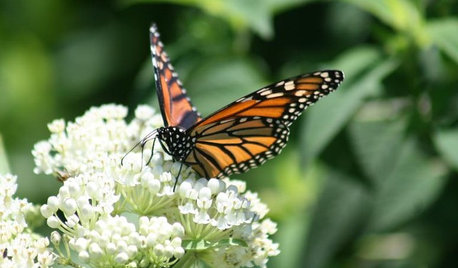
GARDENING GUIDESGreat Design Plant: Milkweed
Quit cringing. This not-weed plant is a sight to behold in the garden, has a delicious vanilla scent and is a magnet for butterflies
Full Story
COMMUNITYTogetherness Take 2: Is a Cohousing Community for You?
Missing that sense of connection? Consider the new breed of neighborhood with a communal bent
Full Story
GREEN BUILDINGHouzz Tour: See a Concrete House With a $0 Energy Bill
Passive House principles and universal design elements result in a home that’ll work efficiently for the long haul
Full Story


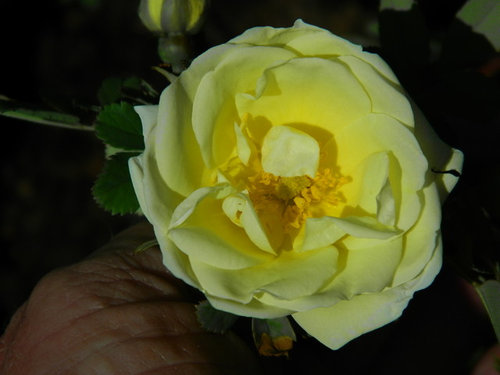
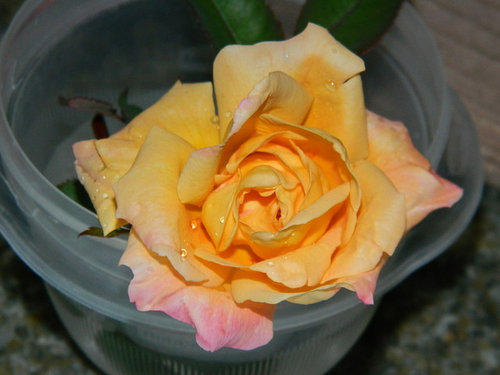
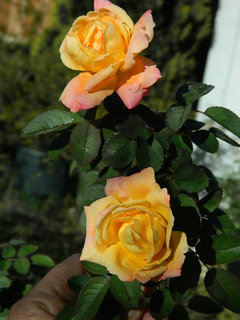


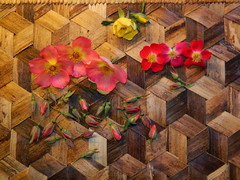
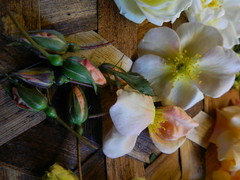
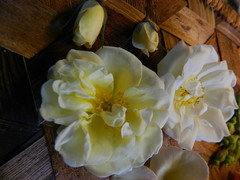

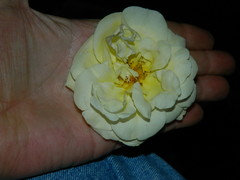
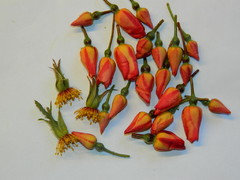
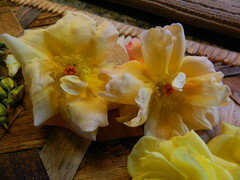
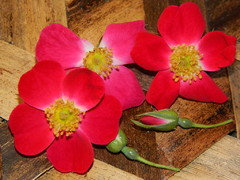
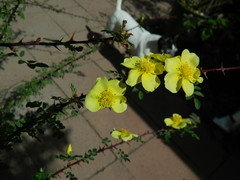
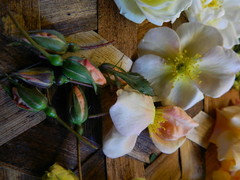
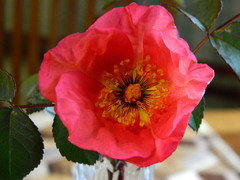
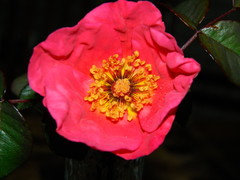

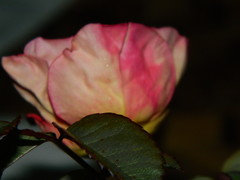
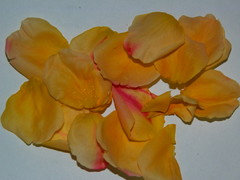
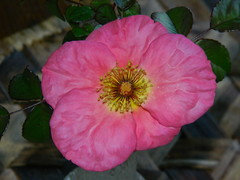
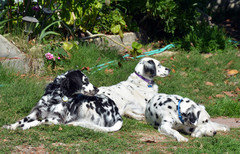


Vicissitudezz